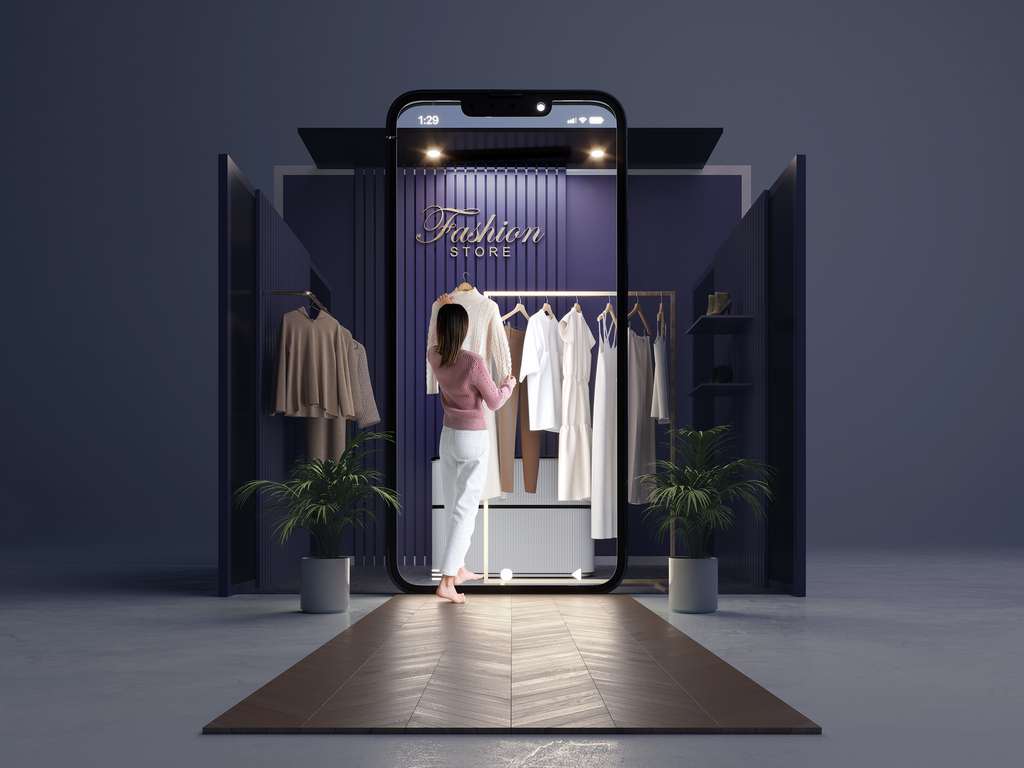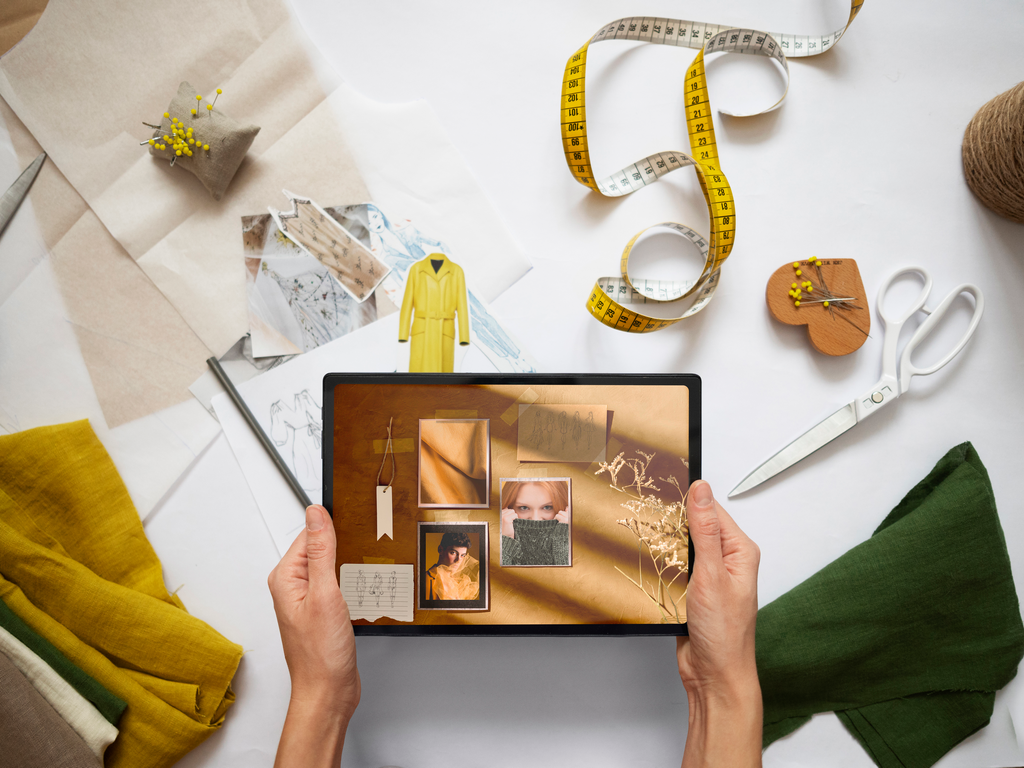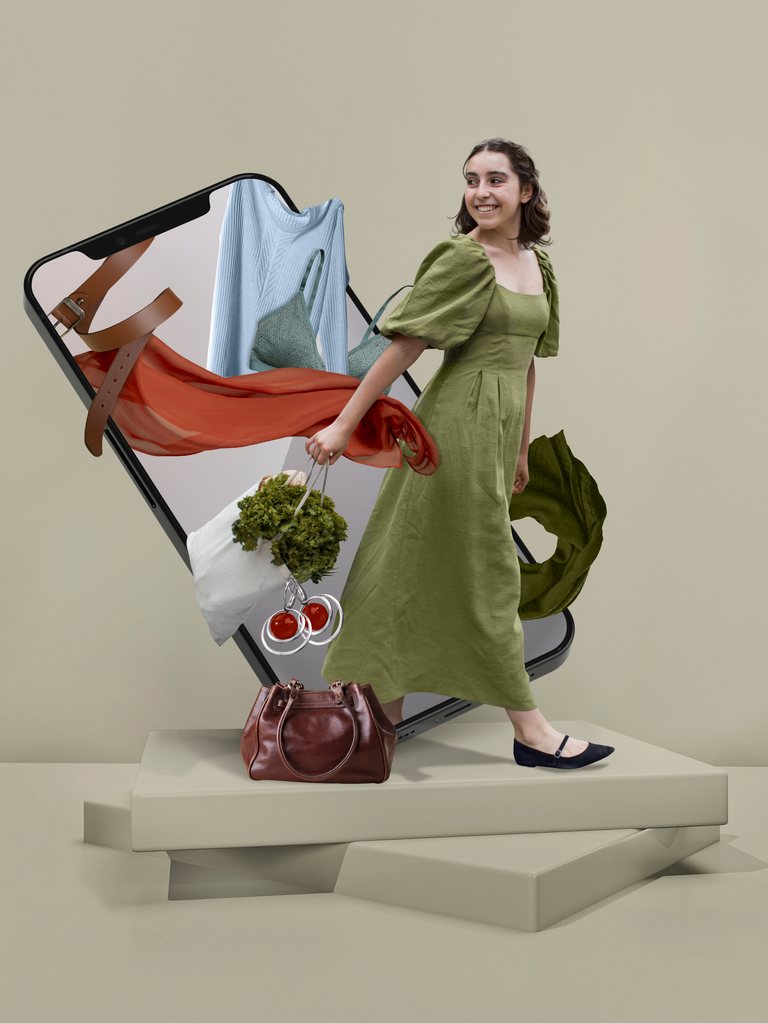How is AI used in fashion?
08/12/2023 2023-12-08 16:10How is AI used in fashion?
AI and fashion
As artificial intelligence and fashion have become more integrated in recent years, much evidence has been that AI is used in various aspects of the fashion industry, including designing, production, marketing, and sales. How is AI used in fashion? For instance, AI-driven technologies are being used to help fashion designers create unique and personalized designs, while automated solutions help retailers personalize their customer experiences and automate production processes.

Artificial intelligence (AI) is used in fashion in a number of ways, including the generation of designs that are likely to be popular by analyzing large datasets of fashion trends and consumer preferences. In addition, AI can assist fashion designers in creating and refining their designs by recommending changes and alterations as they go.
There are also several other areas where artificial intelligence is becoming increasingly important, such as in fashion production; AI-driven machines can perform tasks that are typically handled by people, such as cutting and stitching fabric, which can significantly increase the speed of production and reduce costs at the same time.
Fashion marketing and sales are also being influenced by artificial intelligence. Retailers are analyzing consumer data to identify trends and make predictions about what products will be popular in the future using AI algorithms. Furthermore, chatbots powered by artificial intelligence are now used to provide customer service and help shoppers find their desired products.
With the advancement of technology and new applications for AI being discovered every day, artificial intelligence is having a significant impact on the fashion industry, and this will continue to happen as technology advances.
How is AI used in fashion?
Recently, artificial intelligence (AI) has revolutionized the fashion industry. From the design process to the production process, marketing to the sales process, AI has had a profound impact on the fashion industry as a whole. As a result, it has opened up several new avenues for growth and has changed how things are done today.

Designing:
By analyzing large datasets of fashion trends and consumer preferences, AI algorithms can assist designers in creating or generating new designs altogether. By analyzing large datasets of fashion trends and consumer preferences, AI algorithms can be used to make predictions. Designers can also use these algorithms to identify patterns in the data that humans may have missed, creating unique and innovative designs. Fashion designers can use AI to create and refine their designs by suggesting changes and alterations to them. As a result, designers are able to save time, reduce their workload, and concentrate more on their creativity and innovation thanks to it.
Production:
A number of automation tasks can be automated using artificial intelligence to streamline the production process, such as cutting and stitching fabric. Additionally, AI can help optimize the production process by analyzing inventory levels, production schedules, and shipping times, allowing for a reduction in cost and a faster production time. AI can also be used to monitor the quality of the products that are being produced and alert production teams if any defects are detected, thereby helping to reduce waste and ensure that products are delivered on time.
Personalization:
By analyzing a customer’s shopping and purchase history and other data points such as their age, gender, and location, artificial intelligence can help create personalized fashion recommendations tailored to their needs. It is through this technology that fashion retailers are able to provide individualized recommendations tailored to the individual customer’s preferences, thus making it easier for them to provide the best service for their customers. Also, artificial intelligence can help retailers predict the trends in fashion that will be popular, so they can stock items that will be most likely to sell.
Virtual try-on:

By using technology such as augmented reality or other technologies, artificial intelligence can be used by customers to try on clothes virtually. In addition to helping customers visualize how a garment will appear on them before making a purchase, some fashion retailers have already adopted virtual try-on technology to provide shoppers with a more immersive shopping experience. As customers can try on clothes virtually and get a better idea of how they will fit, it can also help to decrease the number of returns and exchanges.
Supply chain management:
AI can help optimize the supply chain by analyzing data about inventory levels, production schedules, and shipping times so that waste is reduced and products can be delivered on time. AI algorithms can also help retailers predict the demand for certain products so that they can stock up on items that are most likely to sell. As an additional benefit, AI can provide insight into how the supply chain can be optimized to reduce transportation costs and improve warehouse management, among other things.
Customer service:
Using artificial intelligence-powered chatbots, shoppers can get answers to their questions and find the products they are looking for through chatbots. As a result, the workload of customer service teams can be reduced, allowing them to focus on more complex issues. Additionally, chatbots can be deployed 24/7, ensuring that customers can receive assistance no matter what time it is.
How is AI used in fashion?, in general, had a significant impact on the fashion industry, and it is expected that it will continue to do so as technology advances and new applications for AI are discovered. The advent of artificial intelligence may transform the way we shop, design, and produce fashion, making it more efficient, personalized, and environmentally friendly. In addition to allowing fashion retailers to make data-driven decisions, it can also provide a more immersive shopping experience for their customers. The successful implementation and integration of artificial intelligence in the fashion industry can create a win-win situation for businesses and customers, thus ushering in a new era of growth and innovation in this sector.













